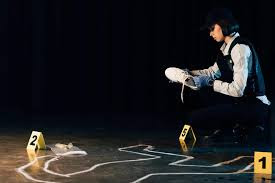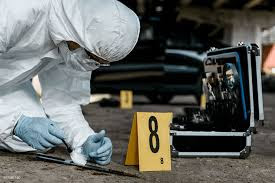Crime Classification Manual Part II Chapter 6 G 14

Crime Classification Manual Part II Chapter 6 G 14 A STANDARD SYSTEM FOR INVESTIGATING AND CLASSIFYING VIOLENT CRIMES SECOND EDITION 133: SEXUAL HOMICIDE, MIXED A crime scene may reflect aspects of both organized and disorganized characteristics for the following reasons: More than one offender may be involved; therefore, differing behavioral patterns will be manifested. The attack may begin as a well-ordered, planned assault, but it deteriorates as unanticipated events occur, for example, an inability to control the victim.



































